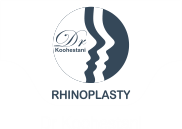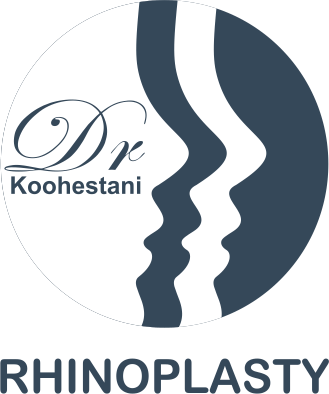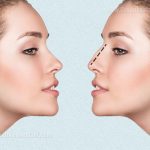Chin augmentation surgery is a procedure to reshape or increase the size of the chin. It can be performed by adding an implant or by moving or reshaping bones.
How is chin augmentation performed?
The procedure can be performed in the surgeon’s office, hospital or a clinic.
You will have X-rays taken of your face and chin. Your doctor uses the x-rays to determine the part of your chin to operate on.
When you need an implant:
- You’ll be given general anesthesia (gentle and pain-free). Or an anesthetic medicine is injected to numb the area, along with a medicine to calm you and make you sleep.
- A cut is made, either inside your mouth or below the chin. The incision is made across the chin bone and under the muscles and the implant is placed inside.
- The surgeon may use real bone, fat tissue or an implant that is made from silicone, TeflonTM, Dacron or more recent biological products.
- The implant is usually attached to the bone using stitches or screws.
- Stitches are also used to close the incision. Since the incision is made inside the mouth, the scar is barely visible.
When some bones need to be moved:
- You will probably go under general anesthesia.
- The surgeon makes an incision inside the mouth along the lower gum. This allows him access to the chin bone.
- The surgeon uses a surgical bone saw or a chisel to make the second incision through your jaw bone. Then the jaw bone is adjusted and screwed in its right place.
- The incision is closed with stitches and a bandage is applied. Since the cut is made inside the mouth, the scar is not visible.
- The surgery takes between 1 to 3 hours.
Chin augmentation can be done in combination with nose surgery (rhinoplasty) or facial liposuction (removing fat from under the chin and neck).
Why the surgery is performed?
Chin augmentation surgery is usually performed to balance the face by elongating the chin or increasing its size compared to the nose. A small chin is especially shown in side view of the face. Naturally, from the side view, the edge of the chin should be placed slightly further back from the lips. If it is substantially recessed, it is called Microgenia. The best candidates for chin surgery are people with weak or receding chins who don’t have any orthodontics problems (their teeth are straight).
Main Questions:
Question 1: When chin prosthesis is used?
Answer : If the shape of the jaw and the occlusion of the teeth are the problem, it can be solved using prosthesis. Otherwise jaw surgery is the solution.
Question 2 : Does the procedure need anesthesia?
Answer : No, the surgery is easy and can be done outpatient or semi-conscious in an operating room.
Question 3 : How long should I rest?
Answer : Between 3 to 5 days is enough.
Question 4 : How is the bruising?
Answer : There will be no bruising.
Question 5: Can it be done at the same time as nose surgery?
Answer : Yes.
Question 6: Which is the best surgical approach?
Answer : When making an incision under the chin, there is less chance of infection and the chin will be well adjusted in its place and also the scar (surgical incision) is not noticeable.
Question 7 : Will the prosthesis be felt with fingers?
Answer : No, it will merge with the bone and won’t be recognized.
Question 8 : Will anyone notice my surgery?
Answer : No, it won’t be noticed.
Question 9 : Is it possible that the prosthesis move or get infected?
Answer : It’s very rare in the case of chin prosthesis. I haven’t had such a case in my 20 years of career. However, it can happen with the cheek prosthesis.
Question 10 : Is there any possibility of reaction to prosthesis?
Answer : No, silicone doesn’t cause any reactions.
















